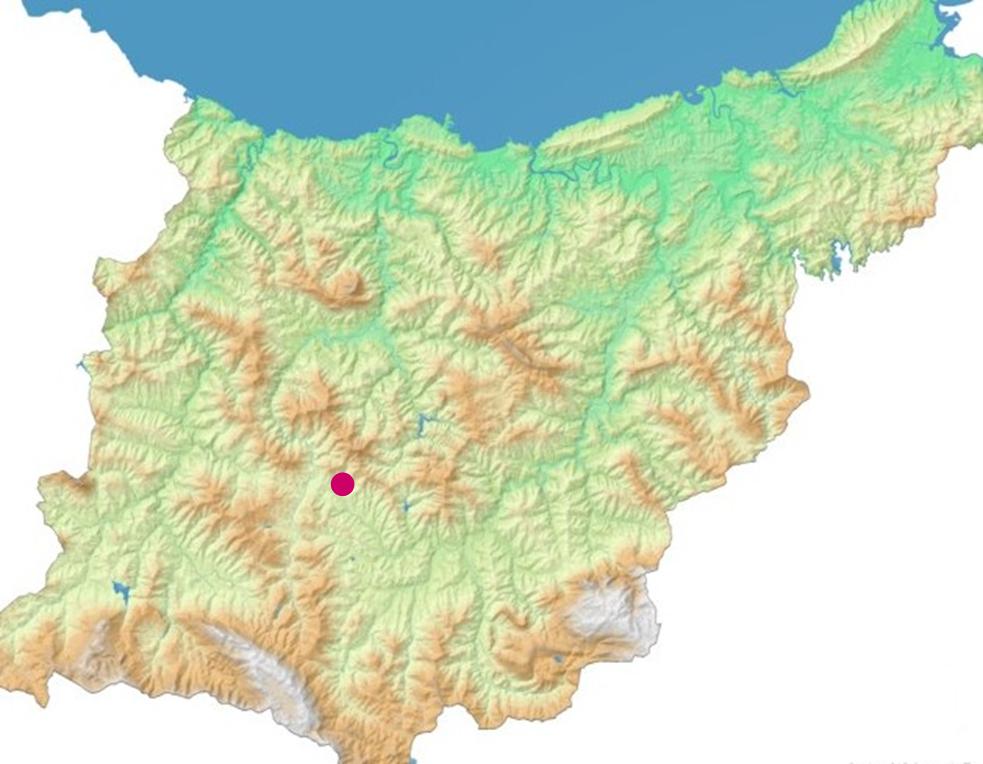Igartubeiti cider press
This treasure refers to the relationship between several elements: apples, a basic food in our ancestors' diet, the "tolare" which was an ingenious technique used for many years to press apples, and cider, that has become a real icon for our current gastronomic culture.
The beam press is not an invention that originates from the Basque country house, since this type of machine was used in Roman times. Throughout history, it has been used to press grapes, olives and apples. The originality lies first of all in its widespread use: in the 16th century, every country house in Gipuzkoa had a press, which indicates the extraordinary production of cider. Secondly, its location. This type of press was used across Europe, but they were always installed at ground level and in buildings or areas built exclusively for the activity. In the country houses of Gipuzkoa, the press was located on the first floor and was part of a unique building that was used as a home, stable and press. In addition, owing to its size and structure, with beams that were around 11 m long, it conditioned the size and distribution of the building and if the outer walls of the house were removed, it would remain standing. Throughout the 17th and 18th centuries, this type of press slowly disappeared, possibly due to the difficulties and expenses involved in replacing the beam; however, the infrastructure was maintained and the presses were adapted to a new direct system.
The Igartubeiti homestead has maintained one of these presses that can be seen in operation every September during cider week when the apple-press-cider concept leaves the humdrum of the past behind and really comes to life, providing a fantastic heritage experience.


